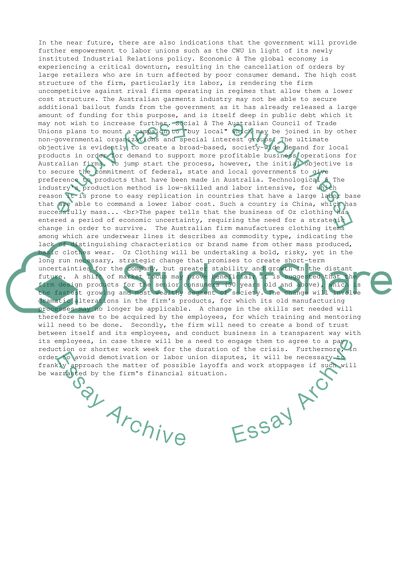Cite this document
(“Economic downturn hits Oz Clothing Essay Example | Topics and Well Written Essays - 3500 words”, n.d.)
Retrieved from https://studentshare.org/management/1393274-economic-downturn-hits-oz-clothing
Retrieved from https://studentshare.org/management/1393274-economic-downturn-hits-oz-clothing
(Economic Downturn Hits Oz Clothing Essay Example | Topics and Well Written Essays - 3500 Words)
https://studentshare.org/management/1393274-economic-downturn-hits-oz-clothing.
https://studentshare.org/management/1393274-economic-downturn-hits-oz-clothing.
“Economic Downturn Hits Oz Clothing Essay Example | Topics and Well Written Essays - 3500 Words”, n.d. https://studentshare.org/management/1393274-economic-downturn-hits-oz-clothing.


